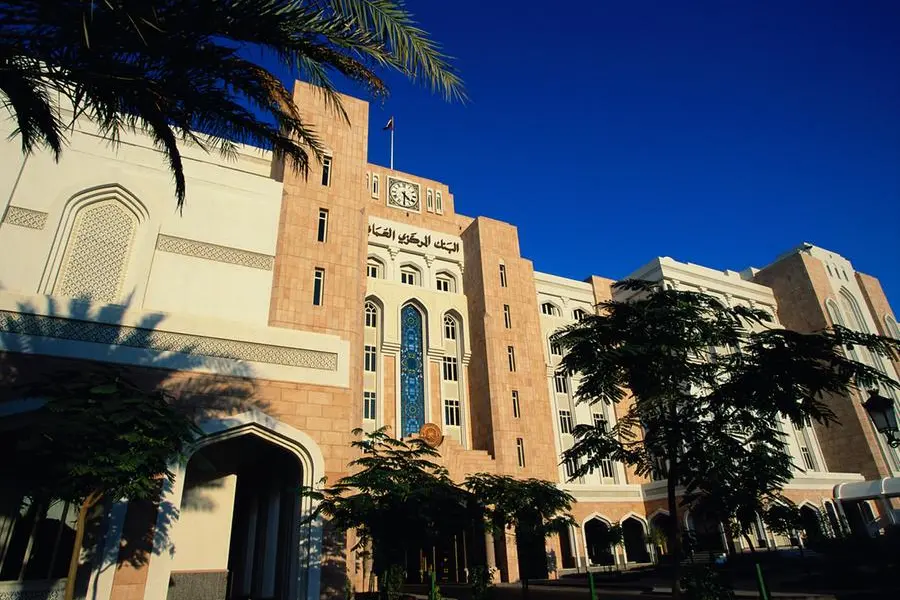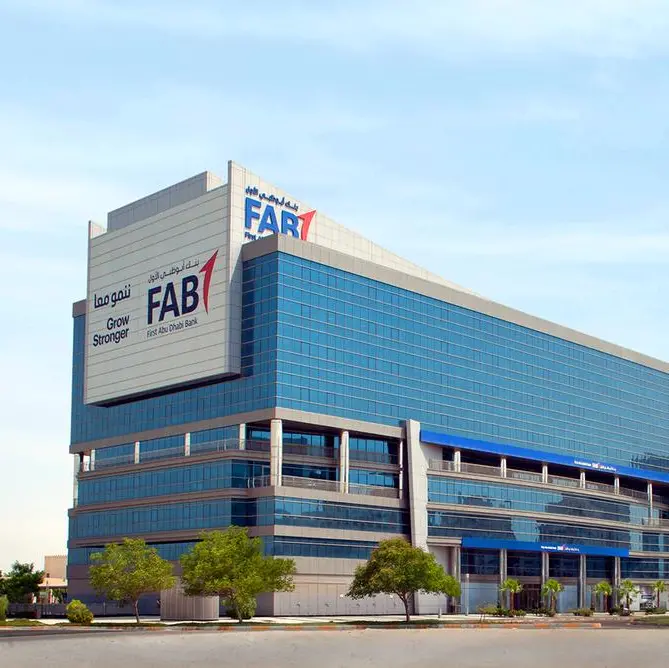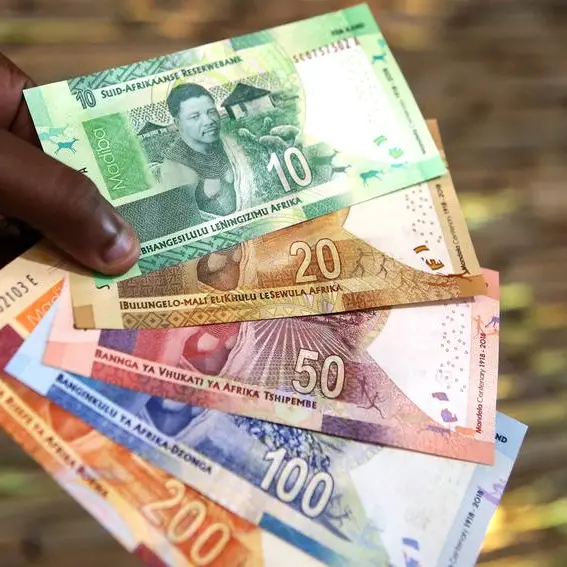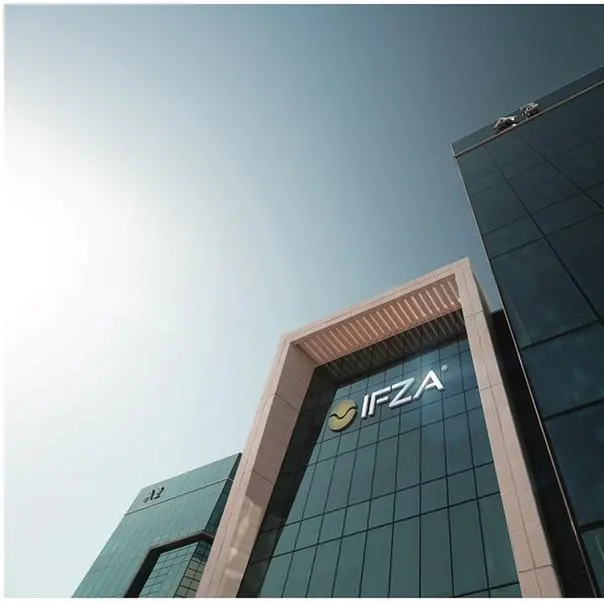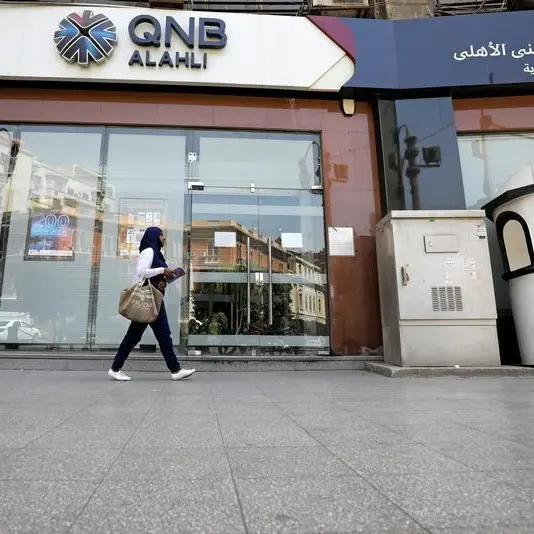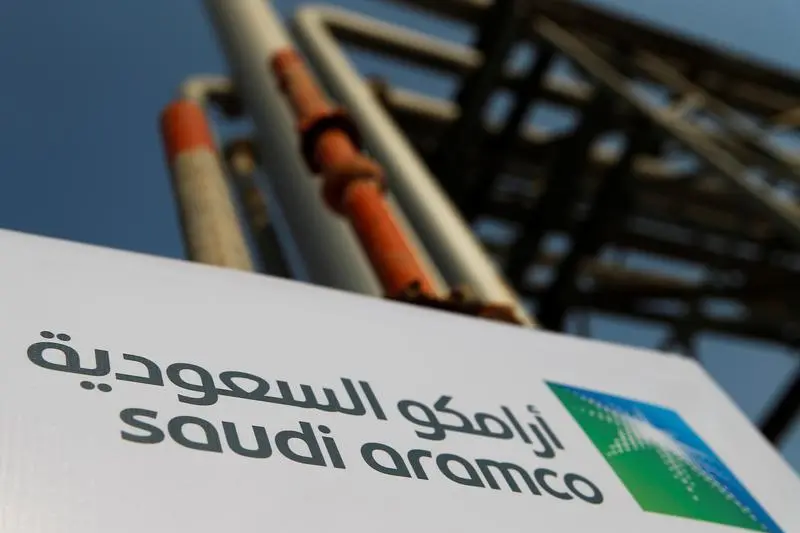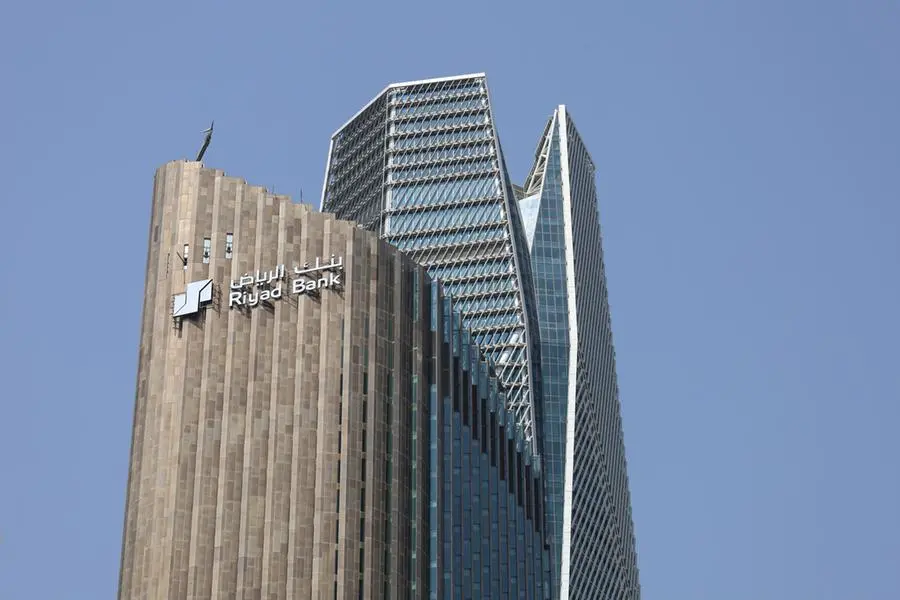PHOTO
MUSCAT: The Central Bank of Oman’s (CBO) annual Systemic Risk Survey (SRS) for 2024 reveals a nuanced view of the country’s financial stability amid regional tensions and economic uncertainties.
The survey, conducted in January 2024, gathered insights from a diverse group of stakeholders, including bank representatives, financial regulators, government officials, and finance experts. The SRS 2024 findings indicate a slight increase in the perceived likelihood of a significant negative event impacting Oman’s financial system over the short term (up to one year).
Approximately 7.7 per cent of respondents rated this risk as 'High' or 'Very High', up from 6 per cent in the previous year. This uptick is attributed to heightened tensions in the Middle East. Conversely, those viewing this risk as 'Low' or 'Very Low' saw a modest increase from 60 per cent in 2023 to 61.5 per cent in 2024.
Respondents’ views on medium-term (1-3 years) risks showed considerable variation. While 27 per cent perceived the risk as 'Low' or 'Very Low', an increase from 18 per cent in 2023, 42 per cent rated the risk as 'High' or 'Very High', up from 18 per cent last year. This mixed outlook reflects the prevailing uncertainty in the region.
Despite global uncertainties and regional tensions, confidence in Oman's macro-financial system has improved. In 2024, 31 per cent of respondents reported being 'Very Confident' in the system, a significant increase from 14 per cent in 2023. The majority, 65 per cent, expressed a fair level of confidence, while those 'Just Confident' dropped to 4 per cent from 14 per cent the previous year. Notably, 58 per cent of respondents reported an 'Unchanged' level of confidence compared to 40 per cent in 2023.
When assessing the resilience of various financial institutions, specialized banks and foreign commercial banks were viewed as the most robust, while insurance companies and capital market institutions were considered the most vulnerable to adverse shocks. This assessment highlights the varied impact of potential negative events on different sectors of the financial industry.
CBO assesses financial stability using the Composite Financial Stability Indicator (CFSI), which combines five key sub-indicators: Banking Stability, Systemic Risk, Debt Sustainability, Currency Stability, and Capital Market Certainty. Each sub-indicator is rated from 1 (least stable) to 5 (very stable), and the CFSI integrates these ratings with specific weights to provide a comprehensive measure of financial stability. According to the CFSI, Oman’s macro-financial stability remained strong throughout 2023, with an overall rating of 4.2 in Q4, up from the previous year. This positive trend is attributed to improved operating conditions and higher oil prices.
The Banking Stability sub-indicator showed strong performance with a rating of 4.05, reflecting enhanced liquidity and profitability in the sector. Systemic Risk improved to a rating of 5, indicating minimal risk of sector-wide stress. Debt Sustainability also saw significant improvement, reaching 4.28 due to accelerated debt repayments. Currency Stability remained strong at 4.36, while Capital Market Stability experienced volatility but improved to 3.13, driven by increased market turnover.
Overall, these indicators highlight a stable financial environment, supported by favorable economic conditions and contributing to a cautiously optimistic outlook despite the rising short-term risk perception reported by the CBO.
2022 © All right reserved for Oman Establishment for Press, Publication and Advertising (OEPPA) Provided by SyndiGate Media Inc. (Syndigate.info).
Nasrulah Al Ajmi
